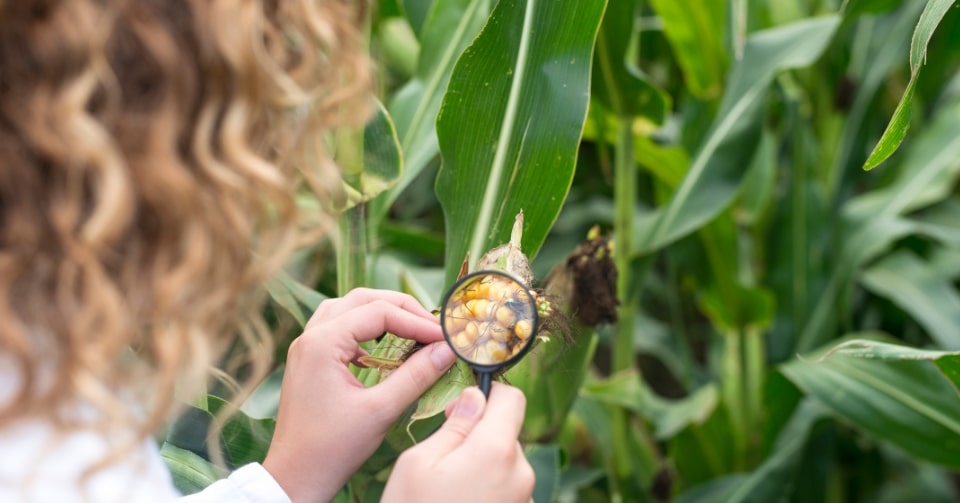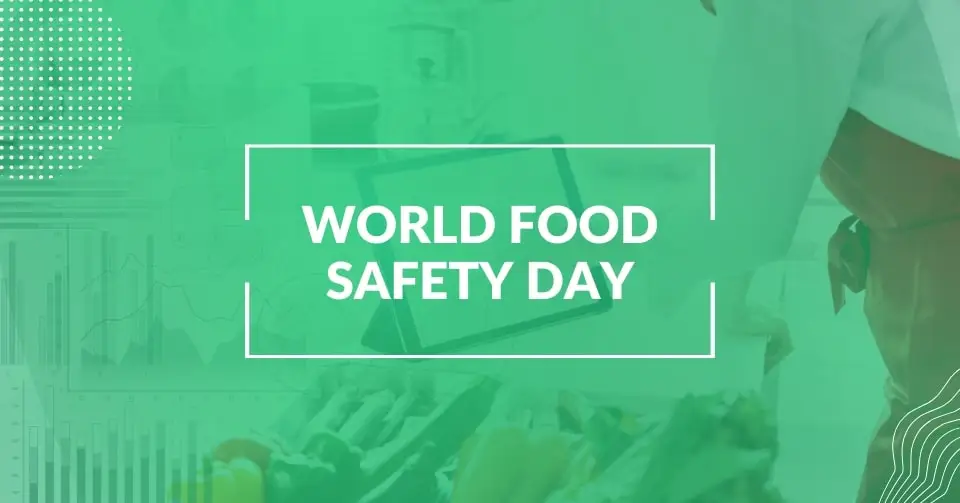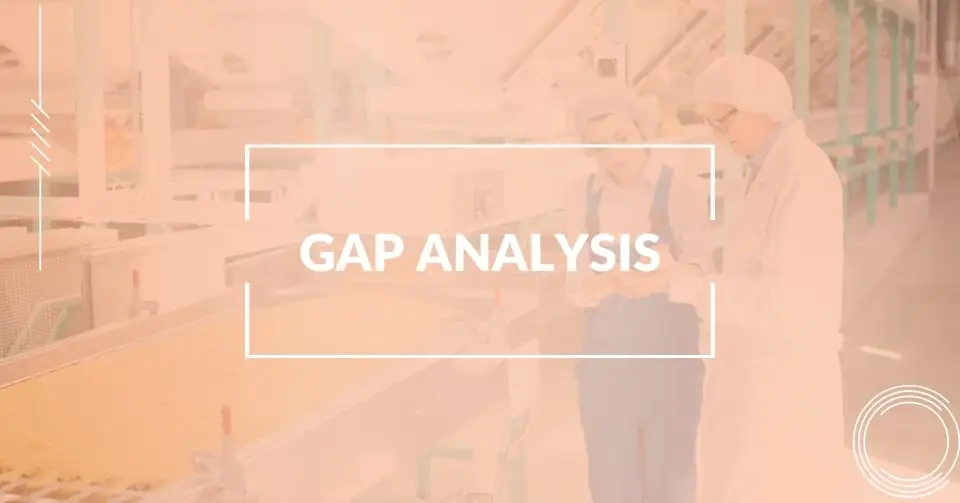Food is culture, tradition, and necessity, but above all, food must be safe.
On June 7, 2025, the world comes together once again to recognize World Food Safety Day (WFSD), a global observance led by the Food and Agriculture Organization (FAO) and the World Health Organization (WHO).
The theme for 2025, “Food Safety: Science in Action,” highlights the essential role scientific knowledge plays in keeping our food safe, from farm to fork.
What is World Food Safety Day?
World Food Safety Day is held every year on June 7th to raise awareness and inspire action that helps prevent, detect, and manage foodborne risks.
Endorsed by the United Nations General Assembly in 2018, the day encourages collaboration among governments, producers, and consumers to ensure that everyone, regardless of geography or income, has access to food that is not only nutritious but also safe to eat.
Food safety is not just a regulatory checkbox. It’s a foundational element of public health, economic development, and food security. Each year’s theme addresses emerging trends and core responsibilities shared across the food chain.
And this year’s focus on science reminds us that data-driven decisions, innovative technologies, and evidence-based practices are essential tools in the fight against foodborne illness.
Why Food Safety Matters More Than Ever?
Global Impact
According to the World Health Organization, unsafe food causes an estimated 600 million cases of foodborne illness each year, with an average of 1.6 million people falling sick every single day. Over 200 diseases are linked to contaminated food, from gastrointestinal infections to cancers, often disproportionately affecting children under five and the elderly.
In low- and middle-income countries, the economic burden of foodborne diseases is staggering—estimated at over US$110 billion annually.
Food Safety as a Shared Responsibility
Whether you’re a policymaker, farmer, manufacturer, retailer, or consumer, food safety is a shared responsibility.
From the production fields to restaurant kitchens, and from the lab benches of scientists to the dining tables of families, everyone has a role to play.
Food Safety as a Shared Responsibility
Whether you’re a policymaker, farmer, manufacturer, retailer, or consumer, food safety is a shared responsibility.
From the production fields to restaurant kitchens, and from the lab benches of scientists to the dining tables of families, everyone has a role to play.

2025 Theme: “Food Safety – Science in Action”
This year’s theme underscores the value of scientific knowledge in reducing food safety risks, lowering public health costs, and ultimately saving lives.
But more than just knowledge, it’s about putting that science into action.
Science Drives Safer Food Systems
Science helps us understand what makes food unsafe, identify potential hazards, and develop preventive strategies. From risk assessments and microbiological analysis to predictive modeling and climate impact studies, science supports every element of a resilient food safety system.
How Science Translates into Practice
- Governments use scientific guidance to inform legislation and create food safety standards.
- Food producers apply science-based practices like hazard analysis and preventive controls.
- Consumers benefit from science-backed labeling, traceability, and food safety education.
Honoring the Work Behind the Scenes
This year, World Food Safety Day also recognizes the contributions of scientists, food safety educators, regulators, and industry experts whose work helps prevent illness and protect lives
Innovations in Food Safety Technology
From Theory to Application
Scientific innovation has reshaped the way we monitor, manage, and respond to food safety risks. Some notable technologies in use today include:
- Rapid detection tools for pathogens like Salmonella, Listeria, and E. coli.
- Whole genome sequencing (WGS) for faster outbreak tracking and source tracing.
- Food traceability software that links every ingredient and product movement in real-time.
- Predictive analytics that use AI to model contamination risks before they happen.
The Role of Software and Digital Tools
At FoodReady, we know that software plays a vital role in operationalizing food safety. Our platform integrates traceability, recall management, compliance tracking, and real-time risk alerts, giving businesses the digital edge they need to stay compliant and safe.
As FoodReady CEO Gerry Galloway said in a recent webinar:
“Great food safety is as much about people and behavior change as it is about technology.”
How Businesses Can Celebrate and Support World Food Safety Day?
1. Embrace Food Safety Science
Commit to ongoing education and stay current with the latest scientific findings and technological innovations in food safety.
2. Conduct Internal Events
Host webinars, employee training sessions, or expert panels to raise awareness about your team’s role in safeguarding food.
3. Showcase Your Commitment
Use your blog, newsletter, or social channels to share how your company applies food safety science in everyday operations. Promote transparency and invite customer engagement.
4. Partner with Stakeholders
Collaborate with public agencies, nonprofit groups, and industry partners to amplify education campaigns or sponsor community food safety initiatives.
A Culture Beyond One Day
World Food Safety Day serves as a global reminder, but true impact happens through continuous vigilance, strategic investment, and cultural change. Food safety must be embedded into the DNA of every food business. From frontline workers to executive leadership.
It’s not just about avoiding recalls or passing audits. It’s about protecting lives, earning trust, and contributing to a food system that’s equitable and secure.
Final Thoughts: Safe Food for a Healthier Tomorrow
Science offers us the tools. Now, it’s up to all of us, governments, businesses, and individuals, to take action.
As we recognize World Food Safety Day 2025, let’s remember that safe food doesn’t happen by accident. It happens through intentional effort, informed choices, and a shared commitment to continuous improvement.
Join the global conversation on June 7th.
Celebrate science. Act with purpose. And build a safer food future for all.







